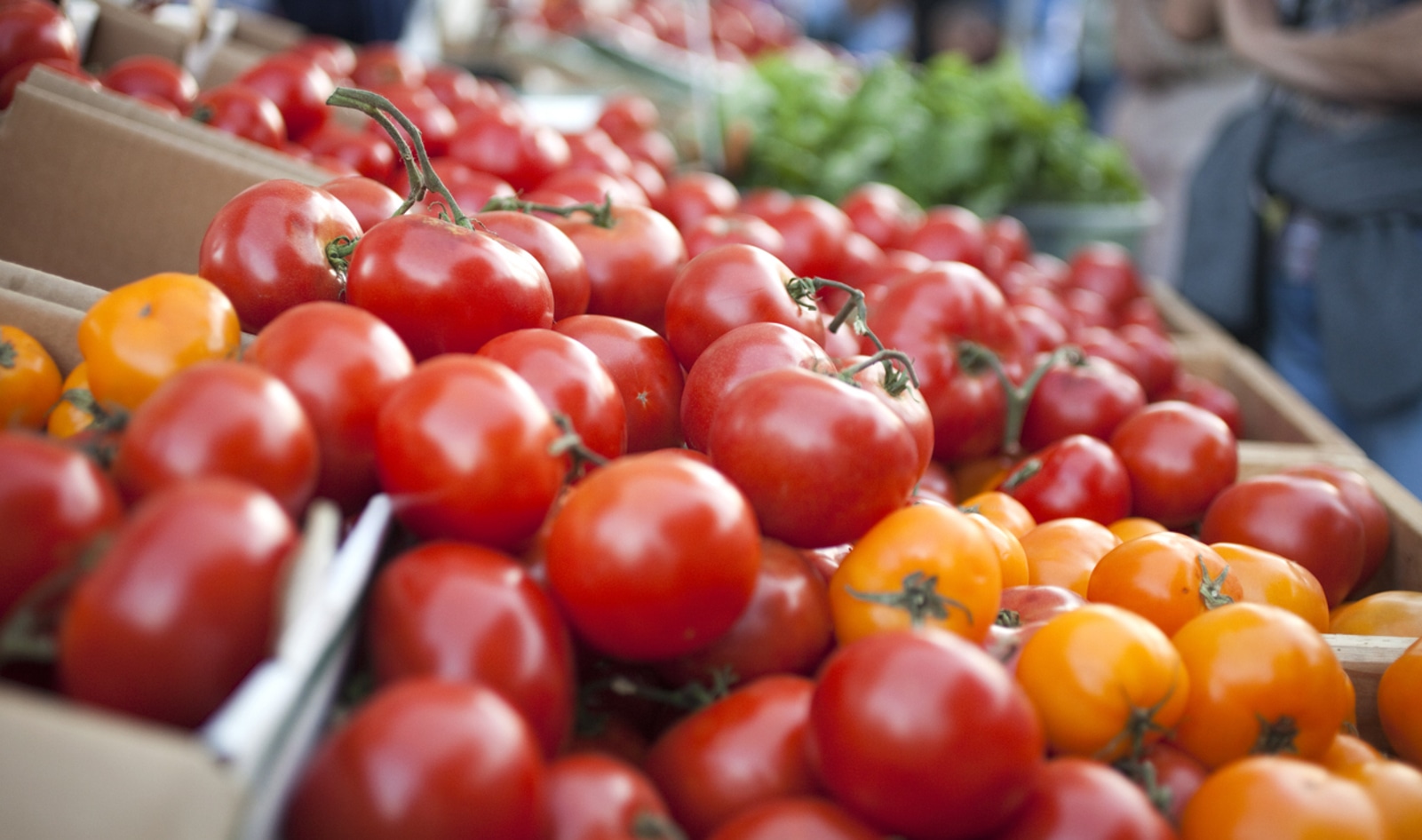Tomatoes are a favorite in most countries, and the US is no exception. According to the USDA, the average person in the US consumes more than 31 pounds of tomatoes every year. It’s not surprising that everyone loves tomatoes so much. They are incredibly accessible and can be prepared a variety of ways in many different dishes. They also have that distinctive yet mild sweet and tangy flavor, and they’re nutritious, too, as they’re packed with nutrients like vitamin C, K, potassium, folate, and antioxidants.
If you’re a tomato fan (and based on the stats, it’s likely you are), and you want to know the best way to store the popular vegetable, you have come to the right place. Let’s dive in and finally find the answer to the age-old question: to refrigerate or not to refrigerate?
 Pexels
Pexels
Do tomatoes keep better in the fridge or on the counter?
The truth is, it depends. In general, ripe tomatoes tend to have better flavor and texture when stored at room temperature rather than in the fridge. When refrigerated for too long, tomatoes can start to lose their flavor, and the texture is at risk of becoming a little mushy. This is because the cold temperature causes the cell walls of the tomatoes to break down more quickly than if they were stored at room temperature.
“Try eating a cold tomato and a room-temperature tomato,” Maddy Rotman, former head of sustainability at grocery delivery platform Imperfect Foods, previously told Martha Stewart. “You’ll see that all the flavor of the tomato is hidden when it’s cold, and you can taste all of the sweetness when it’s ambient.”
However, all of that said, sometimes refrigeration is necessary. If you live in a hot climate, for example, or your kitchen gets very warm, storing tomatoes in the fridge can help slow down the ripening process and extend their shelf life. This is also a good idea if you’ve bought tomatoes and you know you’re not going to eat them for a little while (more than one or two days). If this is the case, try to bring the tomatoes back to room temperature before cooking in order to get the best flavor out of them.
 Nadia Fragnito
Nadia Fragnito
What to do with tomatoes that are going bad?
Refrigerated or not, every tomato has its limits and will eventually start to spoil if not eaten quickly enough. If you’ve noticed your tomatoes are on the turn (for example, not quite spoilt yet), however, don’t give up on them.
Overripe tomatoes are perfect for making tomato sauce or soup. They would work beautifully in this Easy Vegan Tomato Soup recipe, for example, or in this recipe for Vegan Italian Soft Polenta With Tomato Sugo Sauce. When they’re cooked with other aromatic ingredients, like onions, garlic, and Italian herbs, you won’t even notice they are about to ripen past their prime.
Another option is to freeze your tomatoes. According to Martha Stewart, all you need to do is boil them first for around 30 seconds (which will help to loosen the skins), before popping them in a freezer-safe bag or an air-tight container. Then, next time a tomato recipe takes your fancy (like this Herby Vegan Roasted Tomato Gazpacho), you just thaw them out before cooking with them.
However, even if we try to intervene beforehand, sometimes, food goes bad. It’s a fact of life. But if you notice your tomatoes have started growing mold, don’t just throw them in the trash. Food waste is a major environmental issue and contributes around one-third of total annual global greenhouse gas emissions.
Instead, it’s important to compost your moldy tomatoes. This not only reduces waste, but it’s actually good for the planet, too. We might not be able to eat them, but worms love moldy vegetables. “Anything that grows decomposes eventually,” explains environmental nonprofit the Natural Resources Defense Council. “Composting simply speeds up the process by providing an ideal environment for bacteria, fungi, and other decomposing organisms (such as worms, sowbugs, and nematodes) to do their work.”
If you’re not sure where to start when it comes to composting, you can find our handy guide on how to start composting food waste here.
For more plant-based stories like this, read:
JUMP TO ... Latest News | Recipes | Guides | Health | Subscribe










